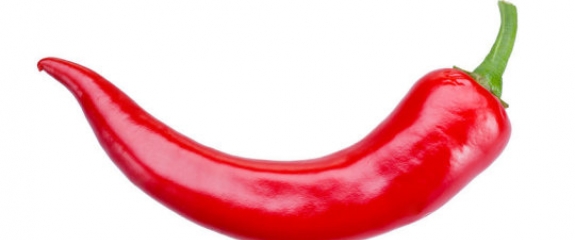Keep it hot in the kitchen for a longer life

Do you like spicy food? If so, you might live longer. A study recently observed that consumption of hot red chili peppers is associated with a 13 percent reduction in total mortality [1]. The reduction is primarily in deaths due to heart disease or stroke. The results were noted in a large prospective study published recently in PLoS ONE. The findings appear to echo the long held belief that peppers and spices have been thought to be beneficial in the treatment of diseases. However, only one other study, conducted in China and published in 2015, has reported on the possible positive effects of chili pepper consumption regarding its association with mortality.
The present findings emerged from and examination of data from the National Health and Nutritional Examination Survey (NHANES) III. The data on more than 16,000 Americans was collected over a period of 23 years. Analysis showed that consumers of hot red chili peppers tended to be younger, male, white, Mexican-Americans who were married, smoked cigarettes, drank alcohol and tended to eat more vegetables and meats. This demographic tended to have lower HDL-cholesterol, lower income and have lower academic achievement in comparison to participants who did not consume red chili peppers. The data had a median follow-up of almost 19 years. Analysis involved comparing the number and causes of death.
The authors could not associate any specific cause of the finding but reasoned that transient receptor potential (TRP) channels, receptors for agents within the chillis such as capsaicin believed to have medical potential, may in part be responsible for the observed relationship. Capsaicin is believed to play a role in cellular and molecular mechanisms that prevent obesity and modulate coronary blood flow, and also possesses antimicrobial properties.


